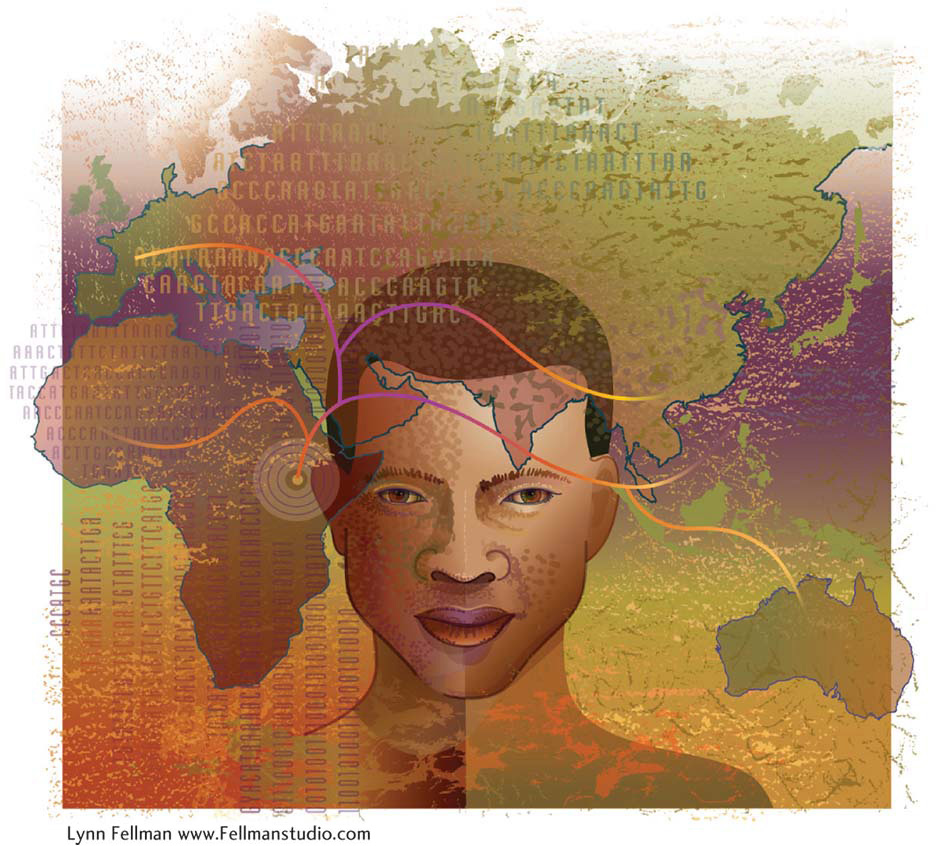Chapter Introduction
Population Genetics
665
Population
Genetics
CHAPTER
18
LEARNING OUTCOMES
After completing this chapter, you will be able to
Analyze data to determine how much genetic variation exist within populations.
Design an experiment to test whether a population of organisms conforms to Hardy-
Weinberg expectations. Explain how new alleles enter a population.
Understand the negative impacts of inbreeding in a population.
Describe the forms of selection with respect to population genetics.
Predict how forces such as selection, mutation, and genetic drift alter the amount of variation within populations.

OUTLINE
18.1 Detecting genetic variation
18.2 The gene-pool concept and the Hardy–Weinberg law
18.3 Mating systems
18.4 Genetic variation and its measurement
18.5 The modulation of genetic variation
18.6 Biological and social applications
666
In 2009, Sean Hodgson was released from a British prison after serving 27 years behind bars for the murder of Teresa De Simone, a clerk and part-
The principles of population genetics are at the heart of many questions facing society today. What are the risks that a couple will have a child with a genetic disease? Have the practices of plant and animal breeding caused a loss of genetic diversity on the farm, and does this loss of diversity place our food supply at risk? As the human population continues to expand and wildlife retreats into smaller and smaller parts of the earth, will wildlife species be able to avoid inbreeding and survive? The principles of population genetics are also fundamental to understanding many historical and evolutionary questions. How are human populations from different regions of the world related to one another? How has the human genome responded as humans have spread out across the globe and become adapted to different environments and lifestyles? How do populations and species evolve over time?
A population is a group of individuals of the same species. Population genetics analyzes the amount and distribution of genetic variation in populations and the forces that control this variation. It has its roots in the early 1900s, when geneticists began to study how Mendel’s laws could be extended to understand genetic variation within whole populations of organisms. While Mendel’s laws explain how genes are passed from parent to offspring in the cases of controlled crosses and known pedigrees, these laws are insufficient to understand the transmission of genes from one generation to the next in natural populations, in which not all individuals produce offspring and not all offspring survive. Geneticists began developing the principles of population genetics in the early 1900s, but at the time, they had rather limited tools to actually measure genetic variation. With the development of DNA-
In this chapter, we will consider the concept of the gene pool and how geneticists estimate allele and genotype frequencies in populations. Next, we will examine the impact that mating systems have on the frequencies of genotypes in a population. We will also discuss how geneticists measure variation using DNA-